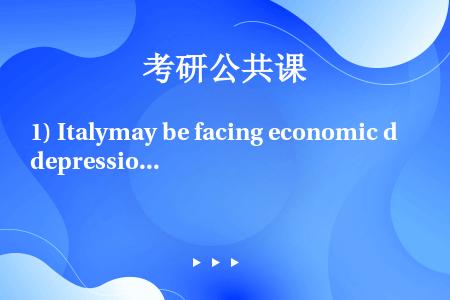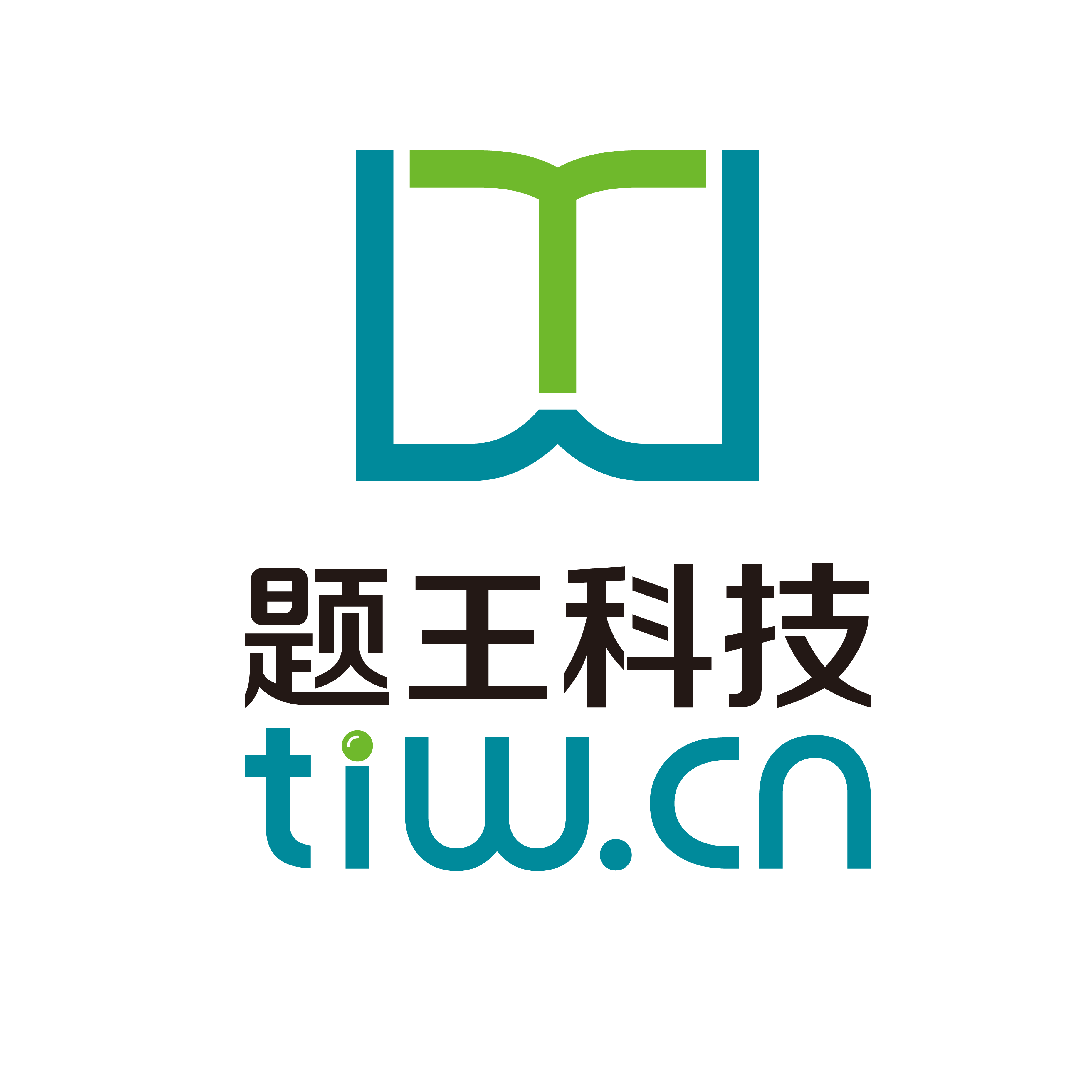 问答题
问答题
1) Italymay be facing economic depression, but for Siggi, a textile firm near Vicenza in the north-east of the country, 2009 offers the promise of unprecedented growth.Siggi is the biggest producer of grembiuli, or school smocks. Once universal in Italian primary schools, they were becoming as outdated as ink-wells. But in July the education minister, Mariastella Gelmini, backed the reintroduction of grembiuli to combat brand- and class-consciousness among schoolchildren. Siggi’s output this year has almost sold out and its chairman, Gino Marta, says that “next year could see an out-and-out boom.” The decision on whether pupils should wear the grembiule has been left to head teachers. 2) It does not figure in either of the two education bills that have been introduced by Ms Gelmini. But it has become a symbol of her efforts to shake up Italian education. Her critics argue that these are a vain attempt to turn back the clock; her supporters see them as a necessary first step to a more equitable, efficient system. 3) On October 30th the opposition she has aroused will reach its peak by a one-day teachers’ strike. The union’s main complaint is a program of cuts aimed at saving almost £8 billion ($11 billion). It includes the loss by natural wastage of 87,000 teachers’ jobs over the three academic years to 2012 and the return to a system in which just one teacher is allotted to each year of elementary school. 4) If this is all the reforms do, they could prove as disastrous as union and opposition leaders predict (international studies find primary schools are the only part of Italy’s education that does well). But it is also planned that 30% of the money saved will be reinvested in schools. Ms Gelmini’s supporters hope that she will use it to redress the crippling imbalances in education, which is one of Italy’s biggest structural economic weaknesses. One problem is “lots of badly paid teachers”, says Roger Abravanel, author of a recent book on meritocracy. “The number of teachers per 100 students is one of the highest in the OECD. “Education, particularly in the south, has often been used by politicians for patronage and job creation. 5) This may explain why, despite studying for longer and in smaller classes, Italian secondary pupils do badly in international comparisons.“The north is around the OECD average, but the south is on a par with Uruguay and Thailand,” says Mr Abravanel. Giacomo Vaciago, an economics professor at the Catholic University of Milan, says that “although for the time being the debate is about cuts, the big problem is quality, which is random.” Presenting the latest reforms alongside Ms Gelmini, Italy’s prime minister, Silvio Berlusconi, promised that, by 2012, the best teachers would be getting a 7,000 bonus. But Mr Vaciago is unconvinced by the plans. “The present government is making cuts and hoping that the quality comes through as a result. There is no obvious guarantee it will,” he comments.(此文选自The Economist 2008年刊)
发布日期:2022-07-15


题王网让考试变得更简单
扫码关注题王,更多免费功能准备上线!

此试题出现在
其他考试
72 A partly B mostly C lastly D completely
市场营销战略的特点是()。
营业结束时,应关闭所有的电器开关,关好门窗。()
下列哪项为钩端螺旋体病犬型的主要储存宿主?( )
下列哪种情况不易引起脐带脱垂()
补体结合试验前受检血清需灭活,常用下列哪种方式()。
Ⅱ型变态反应引起的药疹最常见的皮损是()
税收征收权是税务机关最基本的权利,包括有权依法征收税款和在()范围内依法自行确定税收征管方式或时间、地点等
同一控制下的企业合并,合并方以支付现金、转让非现金资产或承担债务方式作为合并对价的,应当在合并日按照取得被合并方可辨认净资产公允价值的份额作为长期股权投资的初始投资成本。( )
轨向、水平逆向复合不平顺,有反超高的特征。
中国农业大学:2023年博士生网报即将截止温馨提示
兰州大学:2023年博士研究生报名须知
考研的基本条件与要求
自考本科能考研吗?
考研和国考哪个难度大?
2023年全国硕士研究生招生考试时间_2023年考研时间
自考生考研:不同学历要求不同
自测:你是不是考研炮灰,中了三条你就危险了!
作为2023考研考生,现在该做什么?
准研究生:开学前做点事,做什么呢?
1) Italymay be facing economic depression, but for Siggi, a textile firm near Vi...
______Men are facing serious challenges from women.
In the meantime, the question facing business is whether such research is ______...
An automaker is facing financial difficulties. The vice president of marketing h...
In the meantime, the question facing business is whether such research is ______...
The German court is facing a legal dilemma because the law hasn’t stipulated the...
According to the article, what is the worst problem facing people living in citi...
Passage 1 What are the challenges facing multinationals that want to build thei...
In the meantime, the question facing business is whether such research is ______...
Which of the following is the mysterious area of music and brain facing scientis...

